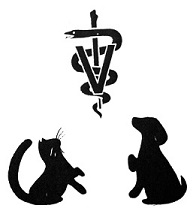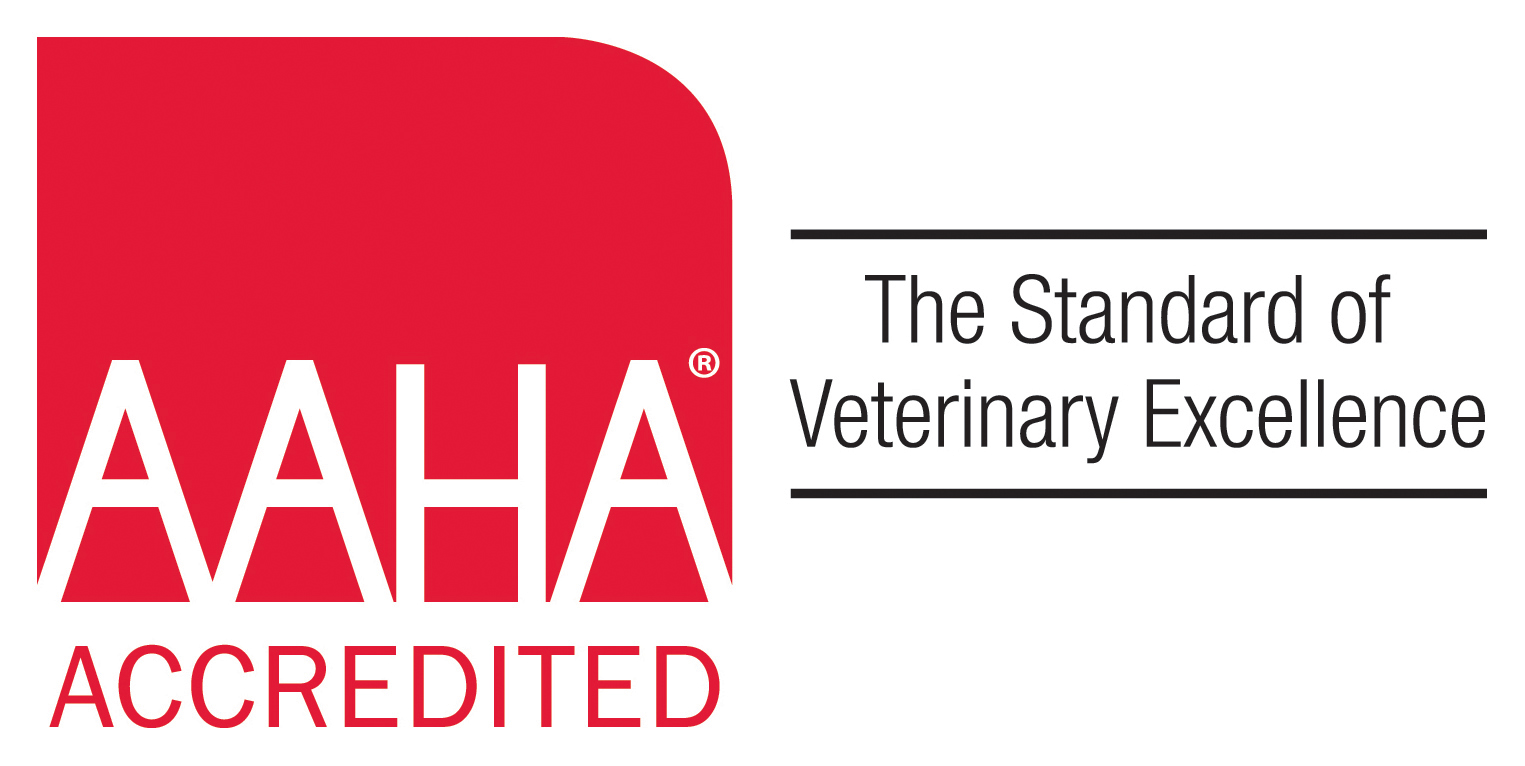...
...
Discover the Difference...
and come home to family
...
...
...
Rocky Shores Veterinary Hospital 

...
...
Discover the Difference...
and come home to family
...
...
...
Rocky Shores Veterinary Hospital 

(631)209-2035
www.rockyshoresvet.com
|
New Advances in Pet Vaccine Technology Everything used to be so easy. The post card came in the mail every year and we knew it was time to take Fido or Rover into the family veterinarian and get his annual vaccines. But suddenly, Rover's yearly visit seems to have gotten a bit more complex. Mrs. Catterson sat in the exam room with her Beagle, Maxine, and waited for Dr. Kirch to arrive. She was confused about all the choices the technician had given her. When she received her reminder card from the animal hospital, she made an appointment right away, just like she always did. Now, instead of telling her what they were going to do, the staff of the animal hospital were asking her what she wanted for Maxine. What was going on here? Just as with our children, the advent of vaccines in veterinary medicine has helped to prevent many deadly diseases and has also helped to allow our pets to have a longer, higher quality of life. Just think of how vaccinations have controlled the deadly diseases of rabies and parvovirus. Historically, few people had questioned the timetable or need for any one of the numerous dog and cat vaccines available. But, starting in the 1990s, several significant events occurred that began a revolution in both the practice of re-vaccination and how the vaccines themselves were produced. The most significant event was likely the correlation between the administration of some vaccines and an increased risk of certain kinds of adverse reactions in cats. These adverse incidents included chronic inflammation and the formation of small firm nodules known as granulomas. Previously dismissed as non-threatening, new information about these growths sparked intense debates and caused many veterinarians to re-think their vaccine protocols. Numerous studies were initiated not only to determine how the vaccine might initiate the inflammatory process, but also how to best protect our pets from disease without adverse side effects. Vaccines are designed to produce antibodies in our pets that, in turn, help to defeat disease-causing organisms such as viruses and bacteria. Some of these vaccines use live viral particles that have been modified to reproduce in the body and cause immunity, but not cause disease. Safely used in both humans and pets, modified live vaccines have had rare occurrences of reversion, meaning that the vaccine changed back to the original disease causing entity. Other vaccines used "killed" or inactivated viruses. These vaccines are generally very safe in that they cannot revert to a virulent form, but can generally only stimulate part of the immune system since they cannot reproduce in the body. The newly initiated studies implicated killed vaccines, such as rabies and feline leukemia virus, as having a higher risk for some vaccine associated adverse events. Specifically, a chemical additive known as an adjuvant was tied to the increased risk of many of the vaccine reactions. These include inflammation and formation of the granulomas at the injection site. Adjuvants are an important component in improving the immune response to killed vaccines. Ironically, the adjuvants may be responsible for some of the adverse reactions seen in pets. After learning of the potential effects of adjuvants, veterinary scientists began a search for an effective vaccine that would protect the pet, but avoid the use of adjuvants. At Merial, a leading manufacturer of veterinary products, researchers were able to take small pieces of DNA from rabies virus and feline leukemia virus and insert the DNA into a canarypox virus which is a separate virus that does not cause disease in cats. Known as a recombinant vaccine, this vector generates a strong immune response without the use of adjuvants. Since recombinant vaccines are not made with the disease-causing organism itself, there is no chance of causing the disease we are trying to prevent. However, the DNA of the original virus still results in excellent protection from disease. An additional benefit to the canarypox vector vaccines is that shedding of live viral particles is eliminated, making the vaccine especially attractive to humane organizations and shelter situations. These vaccines are also very good at over-riding the natural antibody protection that puppies and kittens receive from their mom, increasing the likelihood that they will generate a strong immune response on their own. This response is very helpful in preventing disease transmission in the high-density shelter populations. What does all this mean to you? Science improves our lives but can be confusing and complex. Your best decision is to remember that Rocky Shores Veterinary Hospital is the best resource that you have if you are concerned or confused about vaccines, intervals, or types of vaccines being used. We know your pet better than any online referral source or animal expert that you might find.
-------------------------------------------
|